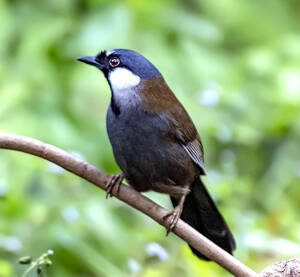
Pterorhinus chinensis
Garrulax chinensis,Pterorhinus chinensis,Black-throated Laughingthrush,,Dryonastes chinensisBlack-throated Laughing Thrush, Mountain Bird, Coral Bird
Black-throated Laughingthrush, also known as Black-throated Laughingthrush, ···
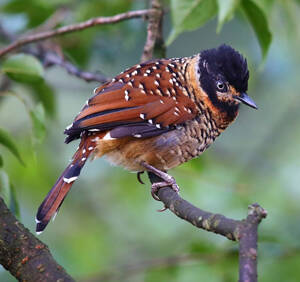
Ianthocincla ocellata
Ianthocincla ocellata,Garrulax ocellatus,Spotted Laughingthrush
Spotted Laughingthrush, also known as Spotted Laughingthrush, has 4 subspeci···
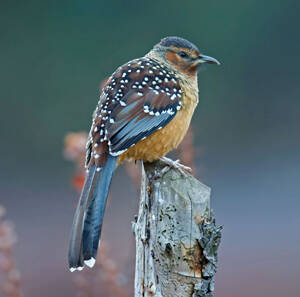
Ianthocincla maxima
Ianthocincla maxima,Giant Laughingthrush,Garrulax maximus,Flower-backed Laughing Babbler
Giant Laughingthrush, foreign name, no subspecies.The Great Laughingthrush i···
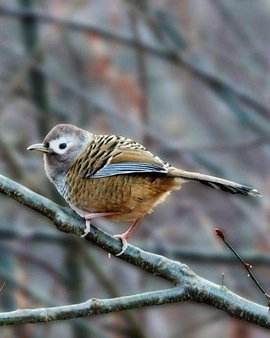
Garrulax lunulatus
Garrulax lunulatus,Barred Laughingthrush,Ianthocincla lunulata
Barred Laughingthrush, also known as Barred Laughingthrush in English, is a ···
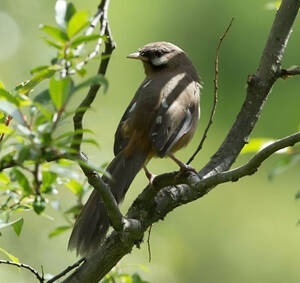
Garrulax sukatschewi
Garrulax sukatschewi,Snowy-cheeked Laughingthrush
Snowy-cheeked Laughingthrush, no subspecies.Black-cheeked Laughingthrush oft···
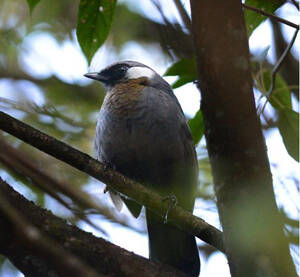
Garrulax maesi
Garrulax maesi,Grey Laughingthrush,Red-eared Laughingthrush
Grey Laughingthrush is known as Grey Laughingthrush in English and has 3 sub···
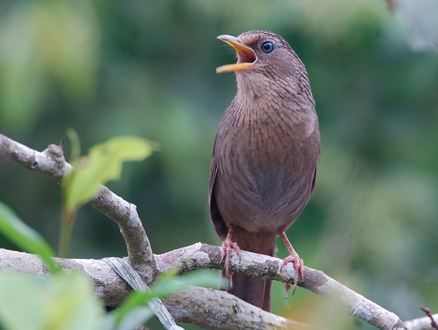
Garrulax taewanus
Garrulax taewanus,Taiwan Hwamei
Taiwan Hwamei, no subspecies.Taiwan Hwamei males are very territorial, and t···
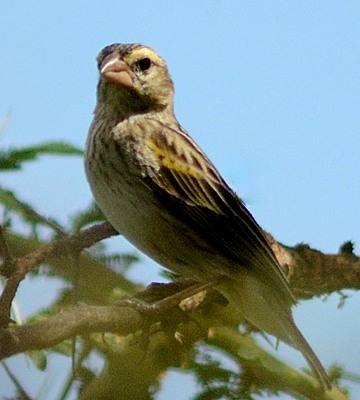
Pterorhinus koslowi
Babax koslowi,Tibetan Babax,Pterorhinus koslowi
The brown babbler's foreign name is Tibetan Babax, and there are two sub···
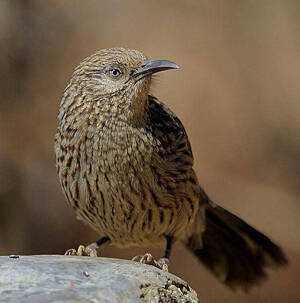
Babax waddelli
Babax waddelli,Giant Babax
Giant Babax, also known as Giant Babax, has two subspecies.Except during the···
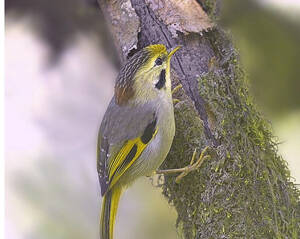
Schoeniparus variegaticeps
Pseudominla variegaticeps,Gold-fronted Fulvetta,Schoeniparus variegaticeps
Gold-fronted Fulvetta is a species endemic to central and southern China.Gol···
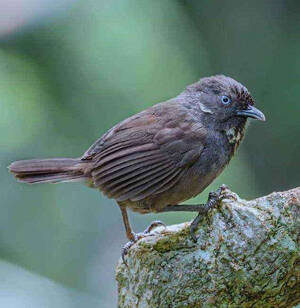
Stachyris nonggangensis
Stachyris nonggangensis,Nonggang Babbler,
Nonggang Babbler, with no subspecies.In 2004, Professor Zhou Fang of the Col···
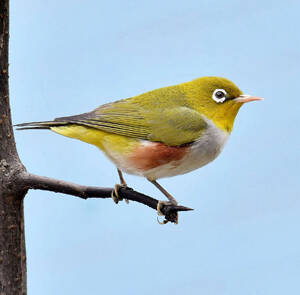
Zosterops erythropleurus
Zosterops erythropleurus,Chestnut-flanked White-eye,White eyes, pink eyes, brown eyes, red eyes with white eyes, red eyes with pink eyes
Chestnut-flanked White-eye, no subspecies.Chestnut-flanked White-eye often m···
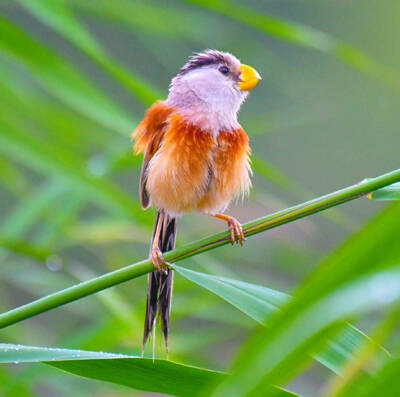
Calamornis heudei
Calamornis heudei,Reed Parrotbill,Paradoxornis heudei David, 1872
The Chinese Parrotbill is a rare bird species in China with 2 subspecies.The···
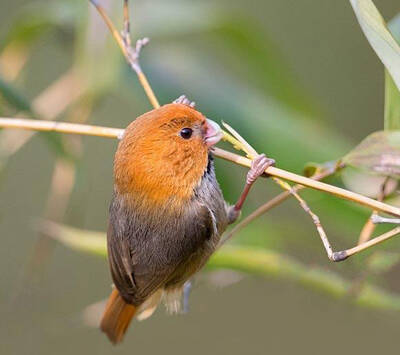
Neosuthora davidiana
Neosuthora davidiana,Short-tailed Parrotbill,Paradoxornis davidianus,Hanging mound parrot
Short-tailed Parrotbill is a small bird of the Warbler family and Parrotbill···
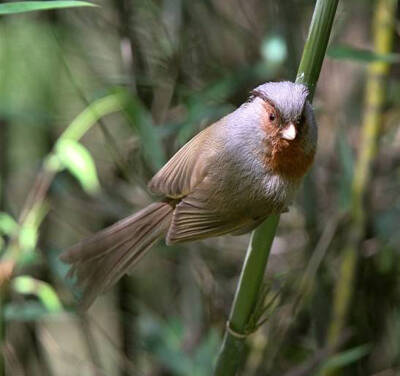
Sinosuthora przewalskii
Sinosuthora przewalskii,Rusty-throated Parrotbill,Paradoxornis przewalskii
Rusty-throated Parrotbill is a small bird of the family Oriole and the genus···
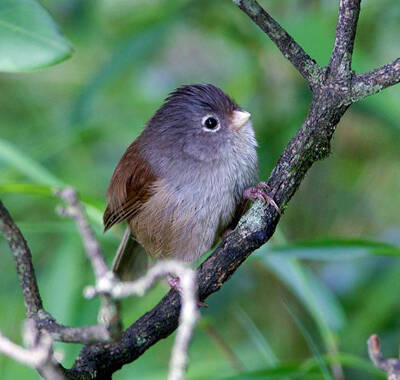
Sinosuthora zappeyi
Sinosuthora zappeyi,Grey-hooded Parrotbill,Paradoxornis zappeyi
Grey-hooded Parrotbill is a small bird of the Parrotbill family and Parrotbi···

Sinosuthora conspicillata
Sinosuthora conspicillata,Spectacled Parrotbill,Paradoxornis conspicillatus
Spectacled Parrotbill, also known as Spectacled Parrotbill in English, is a ···
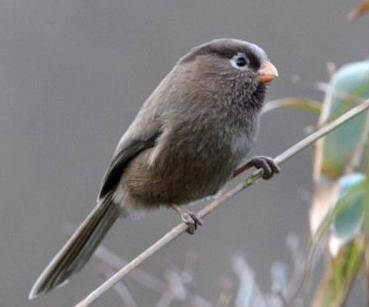
Cholornis paradoxus
Cholornis paradoxus,Three-toed Parrotbill,Paradoxornis paradoxus
Three-toed Parrotbill, also known as Three-toed Parrotbill in English, is a ···
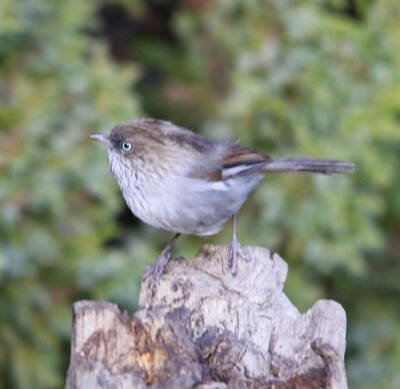
ulvetta striaticollis
Mountain Tit Babbler,,ulvetta striaticollis,Chinese Babbler
Mountain Tit Babbler, also known as Mountain Tit Babbler, has long been clas···
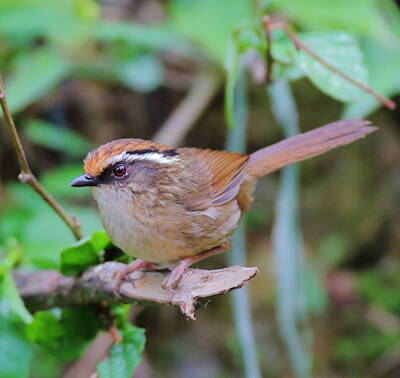
Moupinia poecilotis
Rufous-tailed Babbler,Moupinia poecilotis,Chrysomma poecilotis,Baoxing owl, brown-tailed owl, stone-painted eyebrows
Baoxing Babbler, also known as Rufous-tailed Babbler in English, is a small ···
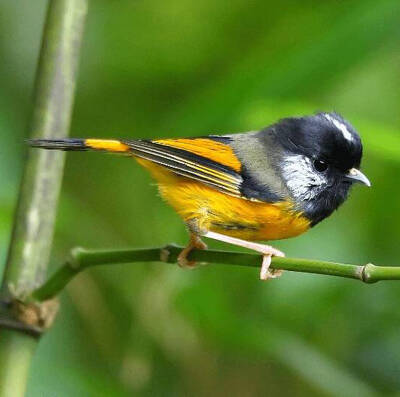
Lioparus chrysotis
Lioparus chrysotis,Golden-breasted Tit Babbler,Alcippe chrysotis
Golden-breasted Tit Babbler, also known as Golden-breasted Tit Babbler, is a···
